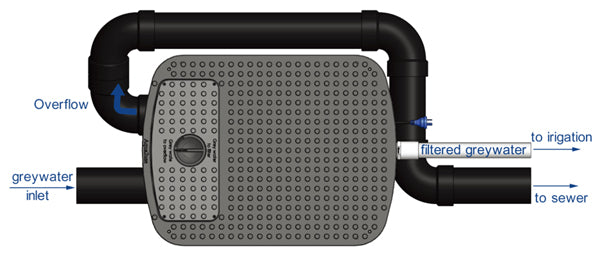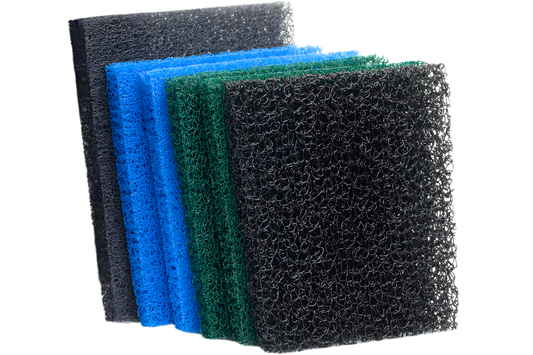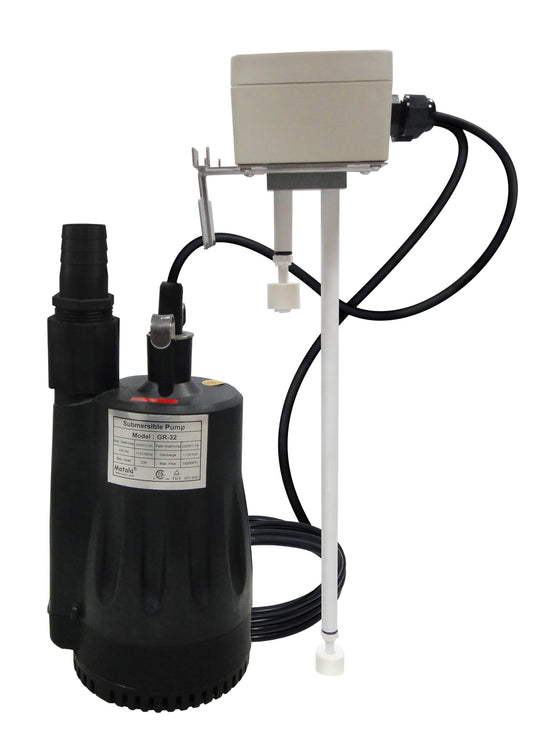
How Do Greywater Pumps Work?
Mason LogueGreywater is an essential resource in promoting sustainable water management. It refers to gently used water from sinks, showers, washing machines, and other sources, which can be recycled for non-potable uses like irrigation or toilet flushing. At the heart of most greywater systems is a vital component—the greywater pump. These pumps play an essential role in moving and reusing greywater efficiently and safely.
This article will take you through the mechanics of greywater pumps, the different types available, their uses in water recycling systems, and tips for selecting the right pump for your needs.
What is a Greywater Pump?
A greywater pump is a device that helps move recycled water from the point of collection to where it needs to be reused—typically for irrigation or other non-drinking purposes. Unlike regular pumps, greywater pumps are designed to handle water that may carry small amounts of debris, such as hair or soap residue, making them durable and efficient in recycling tasks.
The pump is often part of a broader greywater system that includes filtration components. Its primary purpose is to ensure that the greywater can be distributed over long distances or to areas of higher elevation, such as lawn sprinklers or raised garden beds.
How Do Greywater Pumps Work?
Greywater pumps operate using a combination of suction and pressure to transfer water. Here’s how they work within a greywater system:
Collection: Greywater from showers, sinks, or washing machines flows into the collection system through drains. Before it reaches the pump, it usually passes through a primary filter to remove larger debris, such as lint or hair.
Pump Activation: The pump activates when there is water in the storage tank or collection basin. Some systems use float switches or sensors to detect water levels and automatically start the pump when recycling is needed.
Pressurized Water Flow: The greywater pump creates pressure to move the water through the filtration system and onward to irrigation systems, storage tanks, or other points of use. It can transport water across varying terrain, ensuring efficient distribution to garden sprinklers, drip systems, or toilet refill mechanisms.
Pump Deactivation: Once the water is moved or the tank is empty, the pump shuts off. Many modern pumps include safety features to prevent overheating or running dry, ensuring long-term reliability.
The efficiency of a greywater pump ensures that minimal energy is used to maximize water reuse, making it an eco-friendly solution for sustainable living.
Types of Greywater Pumps
There are several types of greywater pumps, each suited to different needs and system setups. Here’s a look at the most common types:
-
Submersible Pumps
These pumps are placed inside a tank or basin and are submerged in water. They are ideal for systems where the water source is below ground level, as they push water upwards. Submersible pumps are often quieter and more compact compared to external pumps.
-
External (Periphery) Pumps
External pumps are installed outside the tank or basin and pull water from the greywater source. They are typically used for more extensive systems that require heavy-duty pumping over greater distances.
-
Centrifugal Pumps
These pumps are a subtype of both submersible and external pumps and are commonly used in greywater systems. They employ a spinning impeller to create suction, making them effective for handling water with minimal debris.
-
Multistage Pumps
These pumps are used for systems requiring high pressure, such as those supplying water to large irrigation setups or multi-story buildings. They feature multiple impellers for enhanced performance.
Each type of pump has unique advantages, and selecting the right one depends on factors such as flow rate requirements, distance, and the water volume to be moved.
The Importance of Greywater Pumps in Water Recycling
Greywater pumps play a critical role in ensuring that recycled water can be efficiently reused. Here’s why they are so important:
- Water Distribution: Without a pump, greywater wouldn’t be able to travel through pipes or irrigation systems effectively. Pumps make it possible to move water across uneven terrain or upward to elevated areas.
- Sustainability: Greywater pumps support water recycling efforts, reducing freshwater consumption and promoting greener living practices.
- Cost Savings: With proper greywater reuse facilitated by a pump, homeowners and businesses can significantly cut down on water bills, especially in regions where water costs are high.
- Efficiency: Pumps ensure that greywater systems can provide a consistent and reliable flow of water, even under demanding conditions.
Tips for Choosing the Right Greywater Pump
Selecting the right greywater pump is crucial to the success and efficiency of your water recycling system. Here are some tips to help you make the best choice:
Determine Your Needs
Assess the scale of your greywater system. A small DIY system for a backyard garden may only need a basic submersible pump, while a larger setup may require a high-capacity centrifugal or external pump.
Consider Water Volume and Distance
Understand how much greywater you’ll need to move and the distance it will need to travel. Pumps are rated for flow rate (measured in gallons per minute or per hour) and maximum lift height.
Check Energy Efficiency
Choose a pump designed for energy efficiency. This not only helps keep costs down but also aligns with eco-friendly goals.
Account for Filtration Needs
Ensure that the pump you select is compatible with your filtration system. Some pumps are better suited for pre-filtered water, while others can handle debris-filled greywater more effectively.
Look for Durability
Invest in a pump with strong materials like stainless steel or high-grade plastic that can withstand prolonged use and exposure to waterborne contaminants.
Explore Safety Features
Look for pumps with built-in safety mechanisms, such as thermal overload protection and dry-run prevention, as they prolong the system’s life.
Need to Learn More About Greywater Pumps?
Greywater pumps are an integral part of sustainable water management. By efficiently transporting and distributing recycled water, these pumps help you reduce your environmental footprint while cutting down on water bills. Whether you’re watering your garden, irrigating crops, or flushing toilets, a reliable greywater pump ensures that your eco-friendly solutions run smoothly and effectively.
If you’re interested in learning more about greywater pumps or need help selecting the right one for your home or business, explore our wide range of greywater systems at Water Wise Group. Together, we can make sustainable living simple and accessible!
Frequently Asked Questions
Do greywater pumps require regular maintenance?
Yes, to ensure efficiency, greywater pumps should be maintained regularly. This includes cleaning filters, checking pump components for wear, and ensuring that no debris clogs the system. Proper maintenance not only extends the pump's lifespan but also keeps your greywater system running smoothly.
Can greywater pumps handle all types of greywater?
Greywater pumps are designed to handle water with mild debris such as hair or soap residue. However, they may not be suitable for heavily contaminated water or greywater containing grease and food particles. Pre-filtration before pumping is often recommended to prevent damage and ensure system efficiency.







